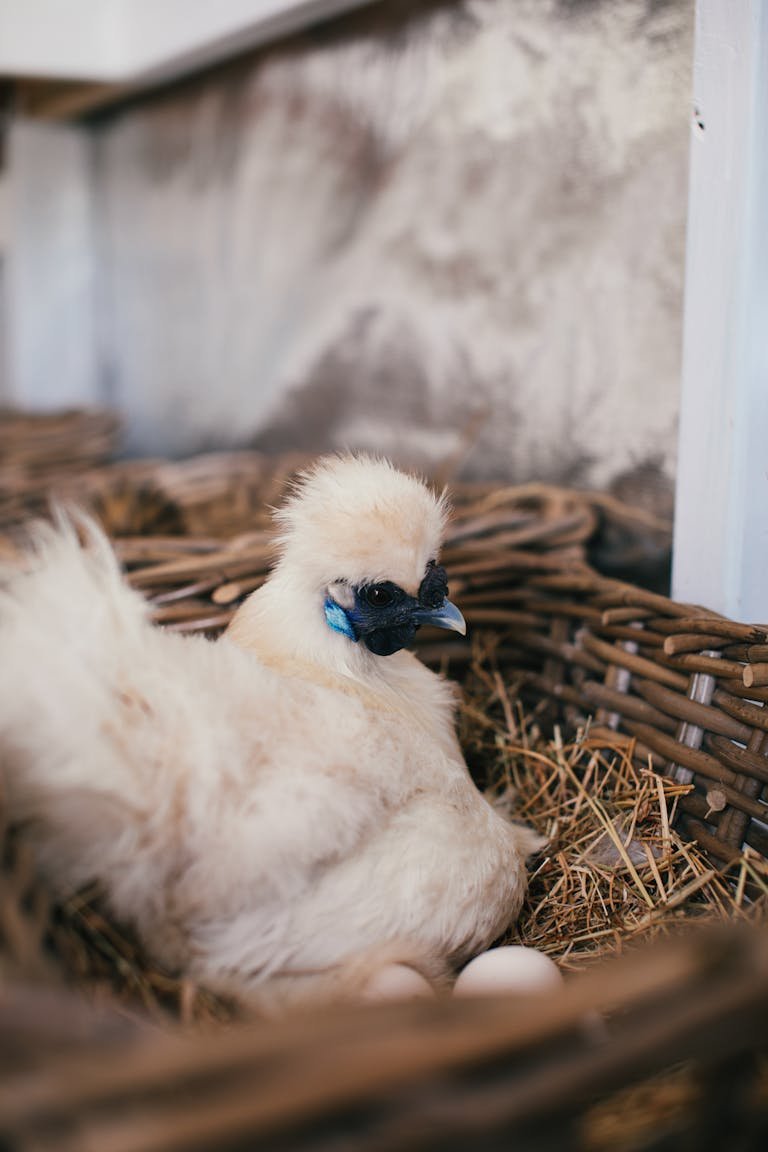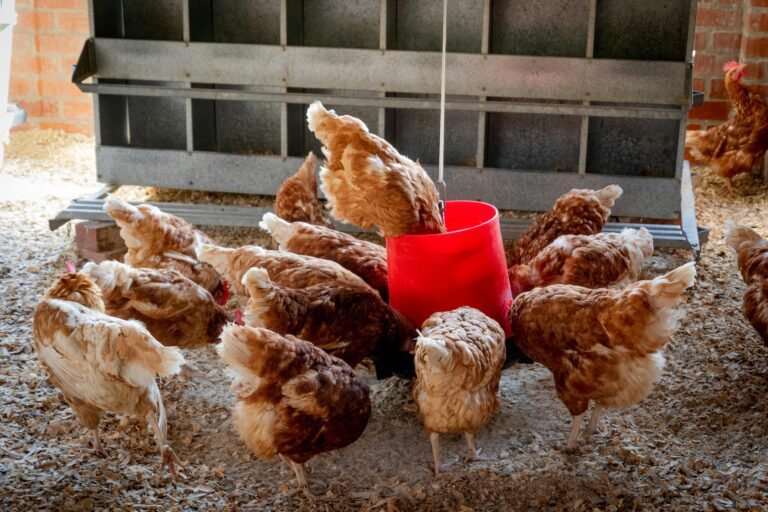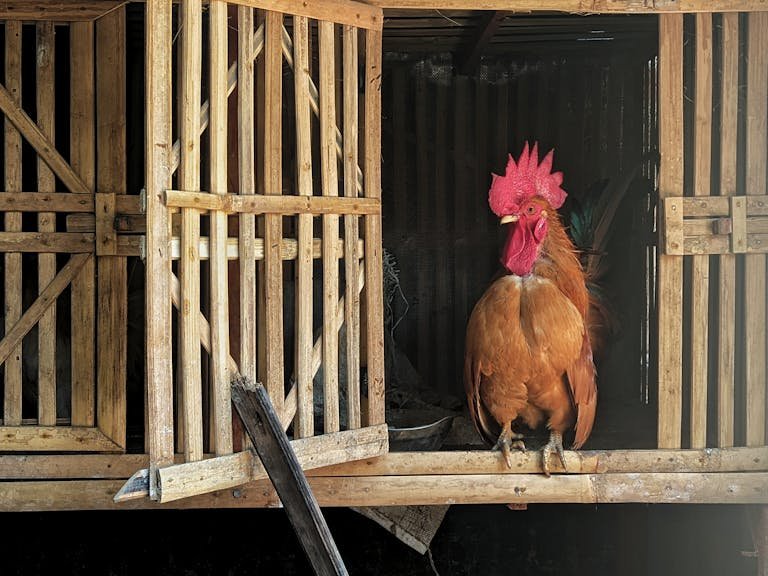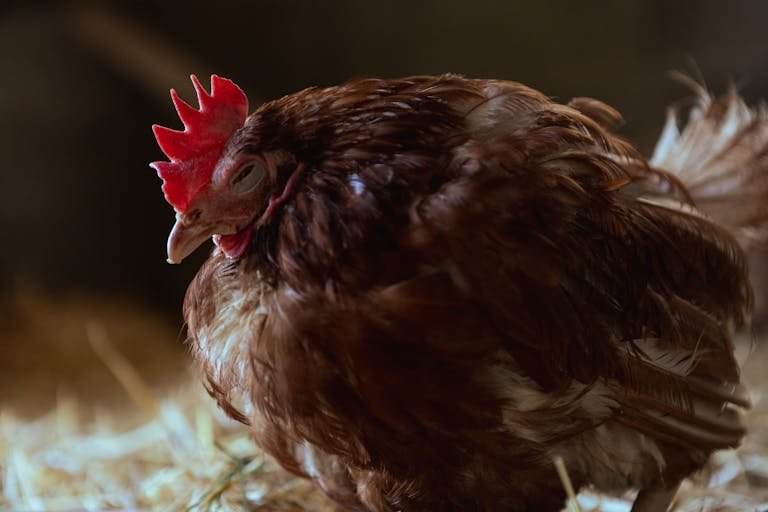Feathery Faux Pas? Chicken or Cold-Blooded Creep?
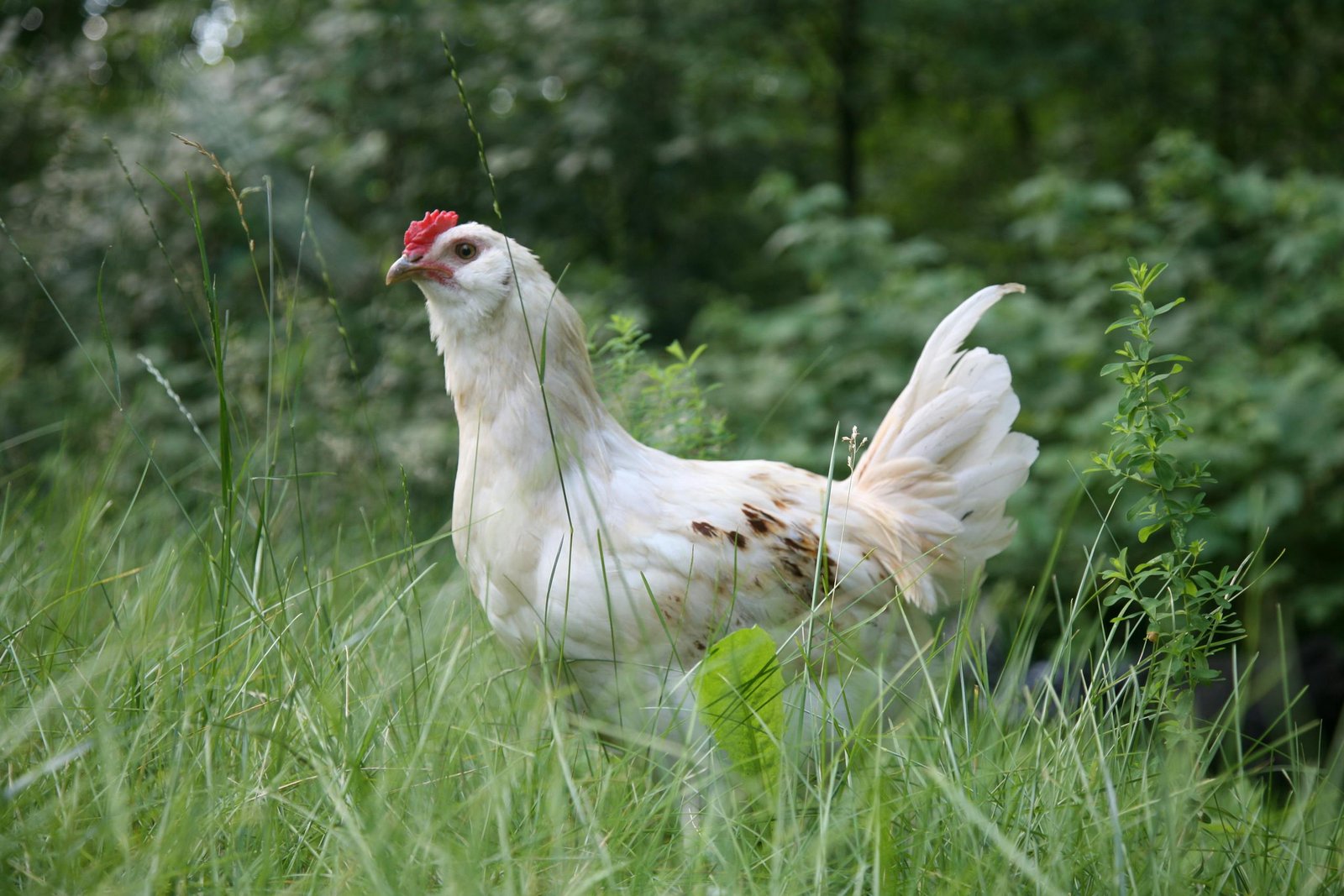
In the world of biology, understanding the classification of animals can sometimes be confusing. Another question that frequently comes up is the chicken if a reptile doesn’t help much. The simple answer is that chicken is not a reptile. The birds especially chickens are anatomically different from any class of animal. Now, let’s investigate this topic more into Bird vs. Reptiles differences.
Is a Chicken a Reptile?
No, a chicken is not a reptile. Chickens are birds, a completely different class of animal.
What is Reptile?
Reptiles are a diverse group of cold-blooded vertebrates characterized by their scaly skin. It helps them to protect themselves from the environment and prevents water loss. They include animals such as snakes, lizards, turtles, and crocodiles. Reptiles lay eggs on land, with some species giving birth to live young. Unlike reptiles, birds lay eggs on the ground, and the rest repository return to about live birth. Opposed to mammals and birds, reptiles do not control their body temperature inside their bodies but instead, they depend on external sources of heat to maintain their metabolism and activity level.
What Are Birds?
Birds are warm-blooded vertebrates characterized by their feathers, beaks, and ability to fly (although not all birds can fly). They come under the class Aves and are mostly found in different habitats across the planet such as forests, deserts, and even cities. Birds lay hard-shelled eggs and show different behaviors and adaptations for feeding, reproduction, and communication. Birds show great variations in terms of size, shape, color, and behavior and they are key trophic levels in ecosystems performing several roles such as pollinators, seed dispersers, and predators.
Understanding the Fundamental Differences
Body Covering: Feathers vs. Scales
Birds: Feathers – Lightweight and Versatile Structures
Feathers are a characteristic feature of birds, with many functions. These amazing shapes help a flight that produces lift and maneuverability. Additionally, feathers offer insulation, keeping birds warm in cold climates, and aid in waterproofing, enabling birds to glide effortlessly through the water without becoming waterlogged.
Reptiles: Scales – Protective Armor
Unlike birds, reptiles have scales that are very different from feathers by composition and function. Keratin mainly constitutes scales, which serve as a barrier to protect the reptiles from the enduring dangers of the environment and the potential attack from predators. Although feathers are flexible and made for flight, scales are tough and they act as a strong protection against external threats.
Body Temperature Regulation: Endothermy vs. Ectothermy
Birds: Warm-Blooded Aviators
Unlike the similarity to mammals, birds are also endothermic creatures, which means that they can regulate their internal body temperature independently of the external environment. This evolutionary adaptation allows birds to survive in different habitats, from the frigid Arctic tundra to the scorching desert landscape, without being affected by temperature changes.
Reptiles: Cold-Blooded Conquerors
Conversely, reptiles are ectothermic organisms, relying on external heat sources to maintain their body temperature. This dependence on environmental conditions renders reptiles more susceptible to temperature fluctuations, necessitating behavioral adjustments to mitigate extremes in heat or cold.
Beaks vs. Teeth: Adaptations for Feeding
Birds: Specialized Beaks
Birds have a wide range of beak shapes and sizes, each one designed for their specific feeding habits and foraging techniques. From the scimitar-shaped bills of hummingbirds who feed on nectar to the round bulbous beaks of finches that break seeds, avian beaks are part of the beauty of evolution.
Reptiles: Toothed Jaws
For instance, different reptiles have teeth of many types, whose structure is essential being related to their feeding behavior. Whether it’s the sharp, recurved teeth of carnivorous predators or the broad, serrated teeth of herbivorous species, reptilian dentition reflects their ecological niche and evolutionary history.
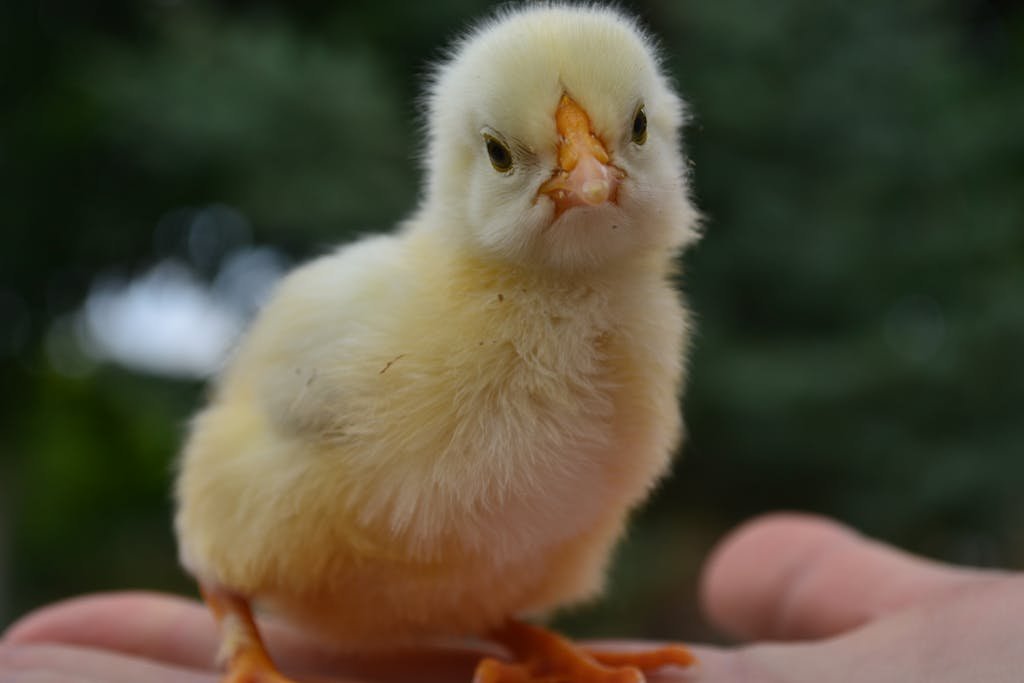
Limbs and Locomotion: Wings vs. Legs (or Lack Thereof)
Birds: Masters of the Sky
Birds are famous for their ability to fly, an achievement that is made possible by their specialized forelimbs, or wings. These engines that extend from the body are strong having powerful flight muscles and light bones making them very agile in the air with unmatched proficiency.
Reptiles: Diverse Locomotion Strategies
Reptiles utilize a number of walking strategies, being different based on their body constructions and environmental needs. Although many reptiles have four legs adapted for walking, running, or swimming, others have evolved limbless locomotion, for example, the snake-like undulations of snakes or the sidewinding motion of desert-dwelling vipers.
Reproduction: Eggs vs. Live Birth
Birds: Egg-Laying Avian Architects
Typically, birds copulate by depositing shells in a nest, which is then carefully incubated and nurtured by the parents, until the day of hatching. Among breeding avian species are seen in nest-building behavior, with nests being masterfully woven into cradles guarding the maturation of embryos.
Reptiles: Egg Layers and Live Bearers
Also, there is a plethora of reproductive strategies exhibited by the reptiles that depend upon the species. Some reptiles lay eggs and some give live birth. Some reptiles lay eggs in the ground while others give birth to already developed young ones, among some of the most evolved species, who have adapted to their habitats.
Other Differences: Sensory Adaptations and Respiratory Systems
Bird Senses
Birds are the flagships of keen eyesight with the sense of sight that performs such functions as detection of prey, navigation in complex environments, and discovery of suitable mates. Also, many bird species have very good hearing and smelling skills that help them to communicate and interact with their environment.
Reptile Senses
Reptiles manifest a diverse array of senses that are essential for the survival of many species that depend largely on olfaction to detect prey or conspecifics, while others use such specialized organs as the heat-sensing pits to determine thermal fluctuations in the environment. These sensory modalities are highly developed to ensure maximum survival and reproductive success in various environments.
Bird Respiratory System
The respiratory system of birds is peculiar because of the presence of air sacs which ensure directional airflow and, therefore, gas exchange efficiency. This distinctive anatomical characteristic allows birds to get oxygen more efficiently from the air, which helps them fulfill their high metabolic needs during flight.
Reptile Respiratory System
Instead of that, reptiles have a relatively simple respiratory system, which does not have air sacs the bird lungs do. Though they have very different anatomies, reptilian lungs still do the job of oxygen uptake and carbon dioxide elimination, which is important for the maintenance of the metabolic balance in these ectothermic organisms.
Final Words
In conclusion, although birds and reptiles have some commonalities including eggs as a reproduction method and a range of locomotion tactics, the two groups are considered separate the most in some other fundamental ways. Be it their distinctive body coverings, thermoregulatory mechanisms feeding adaptations, or sensory modalities reptiles and birds have evolved unique features in response to their lifestyles, as well as the ecological niches that they occupy. Through the comprehension of these basic dissimilarities, we come to a more profound understanding of the rich texture of life and the wonder of various shapes and functions that make up the natural world.
